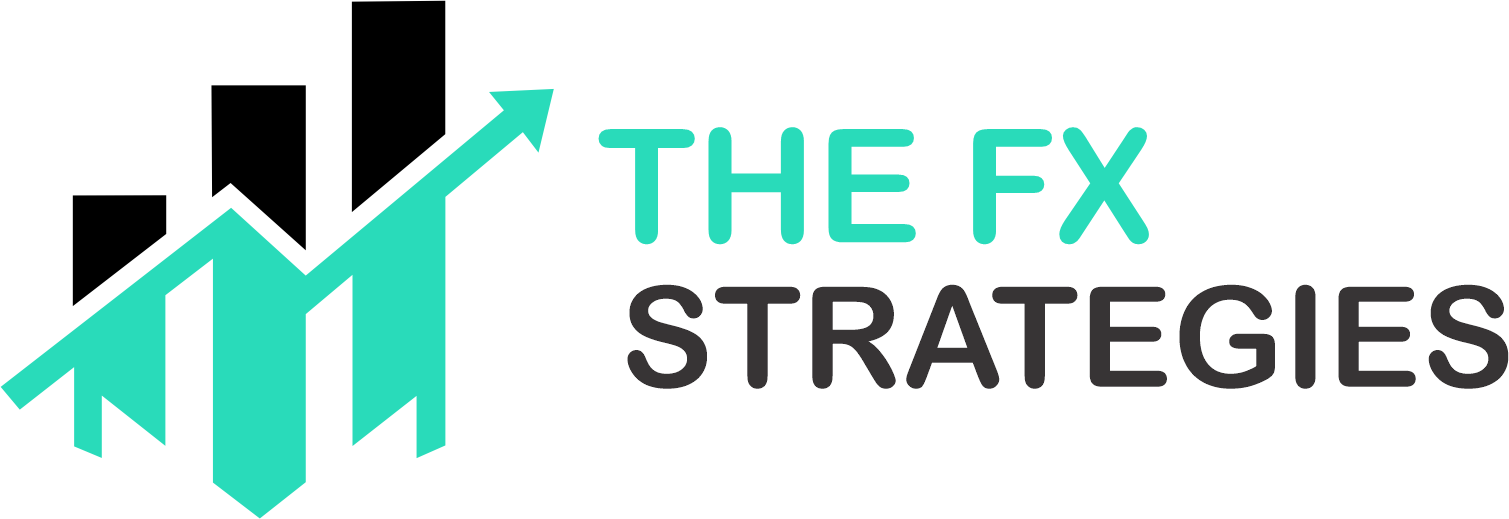Automated Forex trading is a game-changer for both new and experienced traders. It allows you to trade the foreign exchange market with minimal human intervention, using software known as trading robots or Expert Advisors (EAs). These robots execute trades based on pre-set strategies, removing the emotional aspect of trading and allowing you to trade 24/7. The best part? You don’t need a huge initial investment to start using automated trading systems.
In this guide, we’ll walk you through how to get started with automated Forex trading with minimal investment, including practical steps, tips, and advice for maximizing your chances of success.
1. Understanding Automated Forex Trading
Automated Forex trading involves using computer programs to execute trades based on pre-defined criteria. These programs are designed to follow specific strategies, making it possible to trade in the Forex market without constant manual intervention. With the right robot, trades can be executed faster and more accurately than a human could manually.
Trading robots operate on platforms like MetaTrader 4 (MT4) or MetaTrader 5 (MT5), which are highly accessible and often used by beginners and professionals alike. The beauty of automated trading is that it runs 24/7, taking advantage of opportunities in the market even when you’re away or sleeping.
2. Choose a Reliable Broker with Low Minimum Deposit
One of the key aspects of starting automated Forex trading with minimal investment is choosing the right broker. Many brokers offer accounts with low minimum deposit requirements, allowing you to get started with just a small amount of capital.
Key Considerations for Choosing a Broker:
-
Low Minimum Deposit: Look for brokers with low minimum deposit requirements (some start as low as $10 to $50).
-
Supports Automated Trading: Ensure the broker supports platforms like MetaTrader 4 or 5, which are commonly used for automated trading.
-
Regulation: Choose a regulated broker to ensure the safety and security of your funds.
-
Leverage Options: Some brokers offer leverage, which can help maximize the value of your small investment.
3. Select an Affordable Automated Trading Robot
To get started with minimal investment, you’ll need to select an affordable trading robot or Expert Advisor (EA). Fortunately, there are many Forex robots available at various price points. Some of the best robots are free or come with a one-time payment for a relatively low cost, while others offer subscription-based services.
Types of Forex Robots:
-
Free Trading Robots: These are usually offered by brokers or developers and can provide a simple, no-cost way to automate your trading. However, free robots may have limited features or require regular updates.
-
Low-Cost Paid Robots: Some Forex robots come with a small one-time fee or an affordable monthly subscription. These bots often provide better performance and more advanced features than free versions.
-
Demo Accounts: Many paid robots offer demo accounts where you can test the software before committing real money. This allows you to evaluate its effectiveness and profitability.
4. Start with a Demo Account to Test Your Robot
Before committing real money, it’s crucial to test your chosen robot using a demo account. A demo account allows you to trade with virtual money, simulating real market conditions. This is an essential step to ensure that the robot works as expected and that you’re comfortable with the software.
Benefits of Using a Demo Account:
-
Test Strategies: You can experiment with different settings and strategies to see what works best.
-
Understand Risk: Testing allows you to gauge the risk associated with the robot and adjust your risk management settings accordingly.
-
Gain Confidence: It helps build confidence before you start using real money.
Most brokers offer demo accounts, so you can practice automated trading without risk. Additionally, some trading robots allow you to backtest their strategies using historical data, which helps fine-tune your approach.
5. Start Small and Scale Gradually
Starting with a minimal investment means you will likely be trading with a smaller account balance. This is a good thing, as it helps you manage risk and learn the ropes of automated trading without exposing yourself to significant losses.
How to Scale Gradually:
-
Use Micro or Mini Accounts: Some brokers offer micro or mini accounts, allowing you to trade with as little as $1 to $5 per trade. This is ideal for starting with a small budget.
-
Risk Management: Always use stop-loss and take-profit orders to control your risk. Most automated trading systems come with built-in risk management features, but you can adjust them according to your risk tolerance.
-
Reinvest Profits: Once you start seeing consistent profits, you can reinvest them into your trading account to gradually scale your capital.
6. Monitor Performance and Make Adjustments
Automated Forex trading does not mean “set it and forget it.” While the system works independently, it’s important to monitor its performance regularly to ensure it’s still operating optimally. Even the best robots require some degree of oversight.
Monitoring Your Robot:
-
Track Results: Regularly check the results of your trades to see if the robot is performing as expected. If it’s not, you may need to adjust your settings or switch to another strategy.
-
Adjust Risk Settings: As your account balance grows, you may want to adjust the risk settings of your trading robot to optimize for higher returns or reduce exposure.
-
Update Software: Ensure that your trading robot is up to date. Some robots receive updates and improvements that can enhance performance.
7. Focus on Long-Term Strategy
While automated Forex trading can yield impressive results, it’s important to keep a long-term perspective. Some robots might experience short-term drawdowns, but the key is to remain consistent and patient. Avoid the temptation to constantly change robots or strategies based on short-term results.
Long-Term Success Tips:
-
Stick to a Strategy: Once you find a strategy that works, stick with it and give it time to perform.
-
Minimize Overtrading: Let your robot follow the plan without making emotional decisions or second-guessing it.
-
Review and Learn: Over time, review your trades to learn what worked and what didn’t, refining your approach accordingly.
8. Optimize Your Trading Environment
To ensure your robot runs smoothly and consistently, you’ll need to set up a stable trading environment. This means ensuring your internet connection is reliable and that your computer or server is always running.
Optimizing Your Setup:
-
Use a VPS (Virtual Private Server): A VPS allows your trading robot to run 24/7 without interruption. It ensures that your robot isn’t affected by power outages or internet connectivity issues.
-
Stable Internet: Ensure your internet connection is fast and reliable. Delays in connectivity can affect trade execution and cause losses.
Conclusion
Starting automated Forex trading with minimal investment is entirely possible, even for beginners. By selecting a reliable broker, choosing an affordable trading robot, and following a strategic approach, you can start your automated trading journey with just a small amount of capital.
Remember to start small, test your strategies, and scale gradually. With the right tools and risk management in place, automated Forex trading can be a profitable venture, even with a limited budget.


